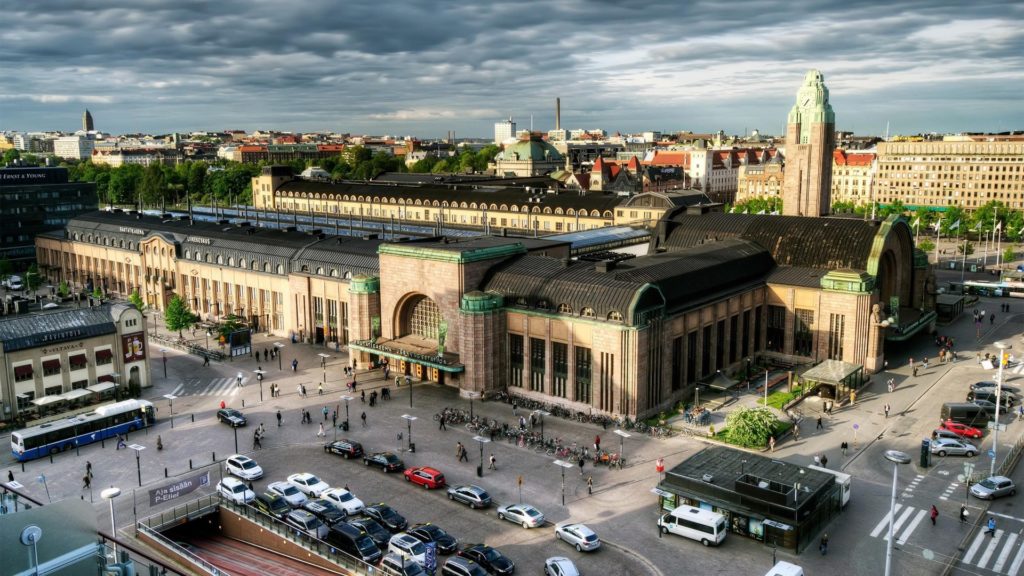Governments all over the world impose taxes on their citizens for various reasons. Top among these is the provision of public services, funding social and economic solutions, and creating market efficiencies. Each country differs from the others in regards to the level of taxes imposed, the tax regimes, and the income levels exempted from taxation. We take a look at the world’s most taxed countries.
- Ireland

The country has a relatively low-income tax rate for corporations and has thus attracted many multinationals to invest there. This is set at 12.5%. However, the country’s citizens do not enjoy such low tax rates and are currently charged a 48% income tax on income levels exceeding $40,696.
- Finland

It is the country whose teachers are paid more than any others in the entire world. Finland is famous for continuously improving its educational system over the years. This, however, comes at a cost for the Finnish taxpayer who has to part with 49.2% income tax for incomes over $87,222.
- United Kingdom

The land of the famous Premier League also happens to be among the countries with the highest taxes. The UK imposes a 50% tax rate for those earning more than $234,484. However, it also considers the low income-earners and does not tax those earning $14,000 and below.
- Japan

Japan’s capital has more millionaires than any other city in the whole world. This would perhaps help paint a picture of why it also makes the list of countries with the highest taxes. With an average income of $27,000 the country has imposes a 50% income tax.
- Austria

Austria’s population is a little over 8 million. The German-speaking country ranks sixth on the highest taxed countries list. The citizens and corporations have to pay taxes totaling 50% of the total income for all incomes above $74,442. It is also among the highest taxed countries in the European region.
- Belgium

Similar to Austria, the land of tasty chocolates is also the land of 50% income tax. The country’s population is slightly above 12 million citizens and the government has put the tax revenue to good use improving the country’s overall infrastructure. Belgium ranks alongside Austria and the United Kingdom as Europe’s top taxed countries.
- Netherlands

The Dutch government has imposed a 52% income tax rate on its citizens. The country, popularly known for its numerous shipping ports and horticultural sector comes in at fourth, only topped by Denmark, Sweden, and Aruba.



